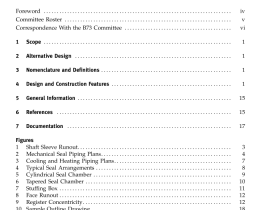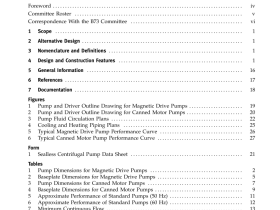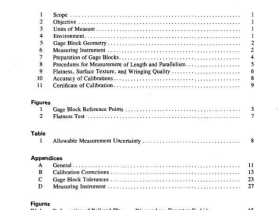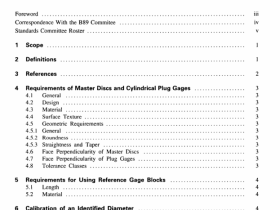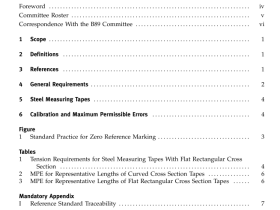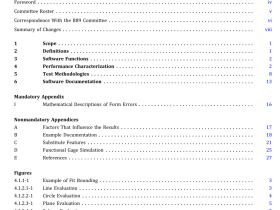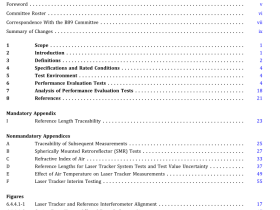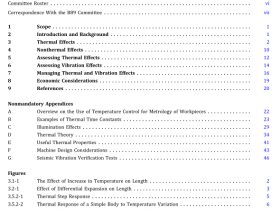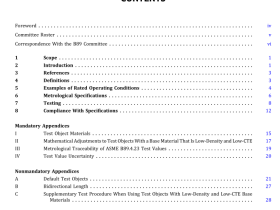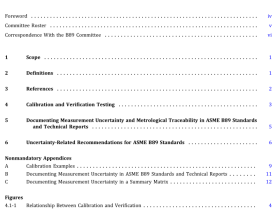ASME B107.47M pdf download
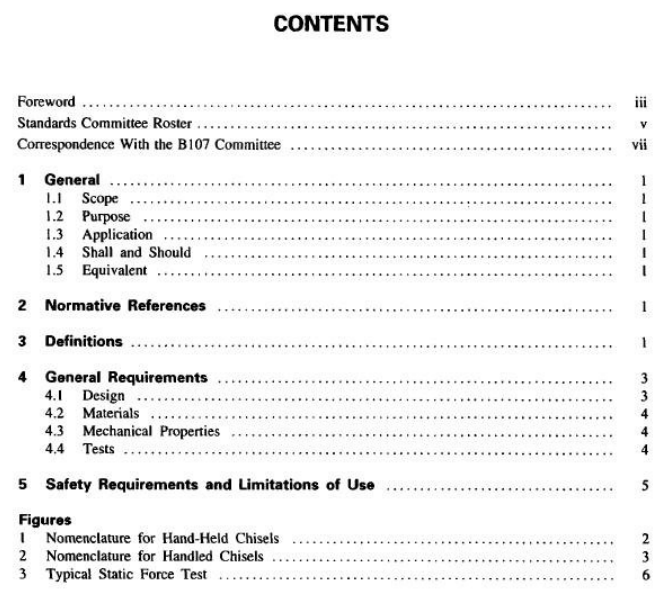
ASME B107.47M pdf download METAL CHISELS: SAFETY REQUREMENTS
Handlesof anydesign and shall bemayinserted securelyinto the chiseland shall permitthechisel to be held over the work without exposingtheuser to personal injury. Handles shall withstand thetest specified in para,4.4.4.
4.1.4 All chisels and handles shall be free of nonfunctional sharp edges, points, and surface roughness thatcould inflict personal injury to the user when handlingthe tool.
4.2 Materials
4.2.1 Chisels shall be made from special-quality.fine grain,hot-rolled or cold-finished carbon or alloysteel, or from an equivalent material, having good wear.resisting and shock-resisting qualities and conformingto any of the following standards: ASTM A 29/A 29MASTM A 322ASTM A 331.ASTM A 576 ASTMA681
4.2.2 Chisels shall be free of manufacturing andmaterial defects such as seams, laps, pipes, and coldshuts that would jeopardize sound construction. Chiselsshall conform to the requirements for mechanical proper-tics specified in para. 4.3. and shall withstand the testsspecified in paras.4.4.2 and 4.4.3.
4.2.3 Handles shall be of any suitable material thatwill withstand the test requirements in para. 4.4.4.
4.3 Mechanical properties
4.31 Chisels shall be hardened and tempered to notless than 53HRC or equivalent nor more than 60HRCor equivalent for a distance of not less than 0.25 in.(6.4 mm) from the cutting edge.
4.3.2 The hardness of the struck face of the chiselshall not exceed 45HRC or equivalent.
4.4 Tests
Many tests required hercin are inherently hazardousand adequate safeguards for personnel and propertyshall be employed in conducting such tests.
.4.1 General Metal chisels shall be capabie ofmeeting tests specified in paras.4.4.2 through 4.4.4.Separate (new) chisels shall be used for each of thetests. Failure to meet the requirements of any one of the tests indicates the chisels are not in compliance with this Standard.
4.4.2 Hardness Determination Test. Hardness determination with respect to cutting edges and struck faces shall be made on a fixtured tool or on a suitable mounted or unmounted specimen that has been cut from the tool using the wet abrasive or other equivalent method. Any hardness lest will be ,accepuable that utilizes equipment and methods equivalent to Rockwell hardness determination as specified in ASTM E 18.
4.4.3 lmpact Test. Tests conducted in accordance with paras. 4.4.3.1 through 4.4.3.3 shall result in no chipping or spalling of the cutting edge or struck face. The chisel body and taper shall not exhibit cracking or bending. Normal deformation at either end is permitted.’ The chisel shall be mounted vertically with the cutting edge centered on a steel bar and oriented 90 deg to the bar’s longitudinal axis.
The steel bar shall rest on a rigidly supported steel block weighing not less than 200 lb (91 kg) with a minimum hardness of 35HRC or equivalent. The specified weight shall have a striking face hardness of 45HRC or equivalent to 6OHRC or equivalent and shall be dropped squarely onto the chisel’s struck face. The weight’s striking face diameter shall not be less than 0.375 in. (9.53 mm) larger than the struck face of the chisel. The steel bar shall be moved after each drop of the weight to make a new impression. Typically the weight is cylindrical and is dropped through a seamless tube slightly larger than the diameter of the weight.
